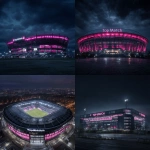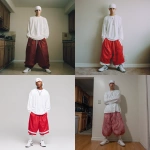Explore the Best AI Image Gallery
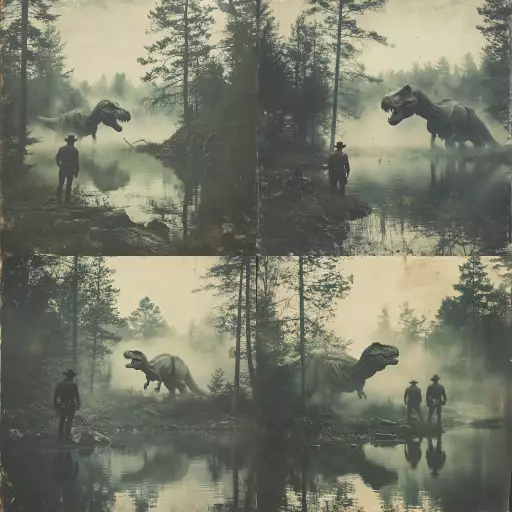
Pixels on Skin: Exploring the Intersection of AI-Generated Images and Art
The art world is undergoing a seismic shift with the advent of artificial intelligence (AI). No longer confined to the realms of science fiction, AI algorithms are now capable of generating stunningly realistic and imaginative images, blurring the lines between human creativity and machine ingenuity. This evolution has sparked intense debate and fascination, prompting us to re-examine the very definition of art and its creation.
A Canvas Born from Code
AI image generation relies on complex neural networks trained on massive datasets of existing images. These networks learn to recognize patterns, styles, and compositions, enabling them to produce new visuals based on user input or prompts. Tools like DALL-E 2, Midjourney, and Stable Diffusion have gained widespread attention for their ability to conjure breathtaking landscapes, portraits, abstract designs, and even photorealistic renderings from simple text descriptions.
Impact on the Creative Industry
The implications of AI image generation are far-reaching, impacting various facets of the creative industry:
- New Avenues for Artistic Expression: Artists can leverage AI as a powerful tool to augment their creativity, exploring new concepts and visual styles beyond traditional limitations.
- Democratization of Art Creation: AI tools empower individuals with limited artistic skills to generate compelling visuals, fostering greater accessibility to the creative process.
- Streamlining Design Processes: Industries like advertising, marketing, and game development can utilize AI for rapid prototyping and concept visualization, accelerating design cycles.
Ethical Considerations
While the potential of AI-generated images is undeniable, several ethical concerns arise:
- Copyright and Ownership: Questions surrounding copyright and ownership of AI-generated artwork remain unresolved, demanding legal frameworks that address these complexities.
- Bias and Representation: AI models are trained on existing datasets, which may contain inherent biases that perpetuate societal stereotypes or underrepresent certain cultures.
- Authenticity and Deception: The ability to create hyperrealistic images raises concerns about the potential for misuse in generating fake news, propaganda, or deepfakes.
Future Trends
The field of AI-generated images is rapidly evolving. We can anticipate:
- More sophisticated and versatile AI models: Continued advancements will lead to AI systems capable of generating even more nuanced and realistic visuals, potentially surpassing human capabilities in certain aspects.
- Integration with other technologies: Expect seamless integration of AI image generation with virtual reality (VR), augmented reality (AR), and the metaverse, creating immersive and interactive experiences.
- Ethical guidelines and regulations: As AIs influence grows, well likely see the establishment of ethical guidelines and regulations to address concerns surrounding copyright, bias, and misuse.
Conclusion
AI-generated images represent a paradigm shift in the art world, offering both unprecedented opportunities and complex challenges. As this technology continues to evolve, it will be crucial to foster open dialogue, ethical considerations, and responsible innovation to harness its full potential while mitigating its risks. The future of art is intertwined with the development of AI, promising a fascinating journey of exploration, creativity, and transformation.

](https://images.ai-img.art/thumbnails/150/908bcb9950a44fd4b37d1a84cf00178988cea9507738d7ad4f92707c692461ef.webp)
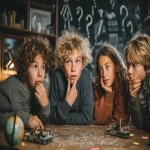
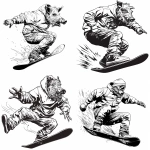
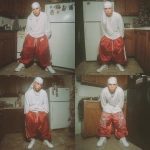
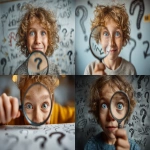
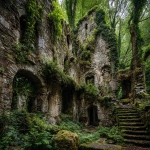
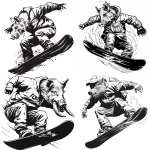
](https://images.ai-img.art/thumbnails/150/05b3252b3f681226a3df9027b069db31c005f91b72257a74367c4102f03a2ba0.webp)

](https://images.ai-img.art/thumbnails/150/738b292720ee21b57673dfb75ad851f4c34d16f5006ae3027ba685feaddb6b04.webp)
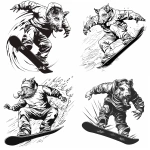
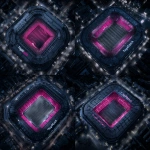
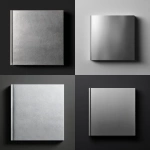
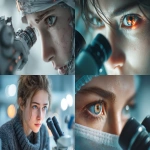
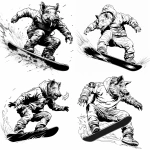


](https://images.ai-img.art/thumbnails/150/69d81ae5ecde297f3c11da78435c5fc00fbac7b00e2c7ccd89d7bbeb014e0541.webp)
](https://images.ai-img.art/thumbnails/150/fc468fe14407b96489933a55227127071fd5f6c0505be74ca4dcb2f1e2fa3771.webp)

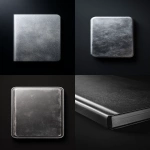


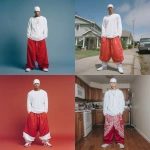
](https://images.ai-img.art/thumbnails/150/807ac97f95d56e8cc7cf714e13299d80bf6bcb5b4d80b77a7f06f30246184943.webp)
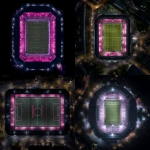


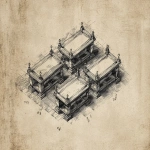



](https://images.ai-img.art/thumbnails/150/83ec831b9fb19e0db5a520b051b9556f3f594b87acc957ffee094a06a565e6f0.webp)

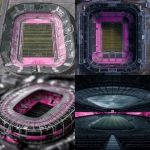
](https://images.ai-img.art/thumbnails/150/3ccc82ef0ad0cc1ab1dfb5b8e6bc37924fcad45dadf41cbd1cb21d19fc7f640a.webp)


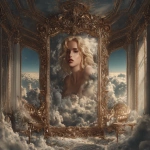
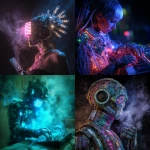
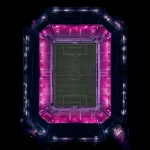
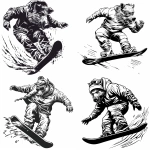
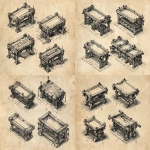
](https://images.ai-img.art/thumbnails/150/57afc09cc38edf73880f760b7ebe1852c5522c6b4051836717b2e56b6f7f913c.webp)
